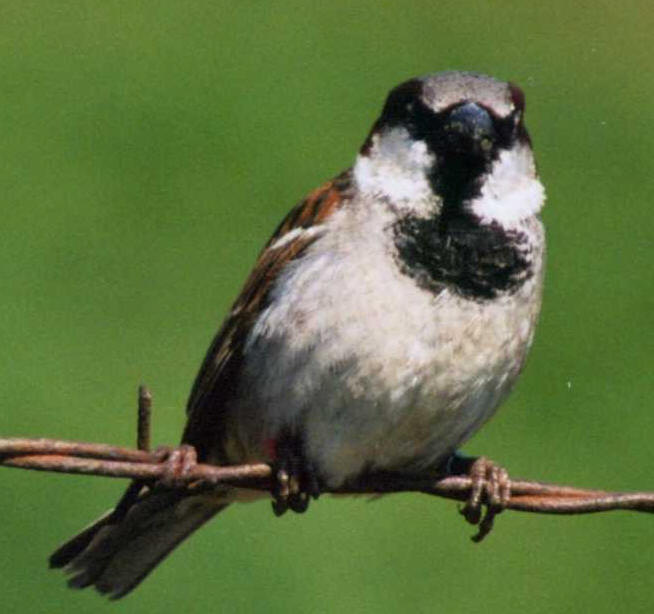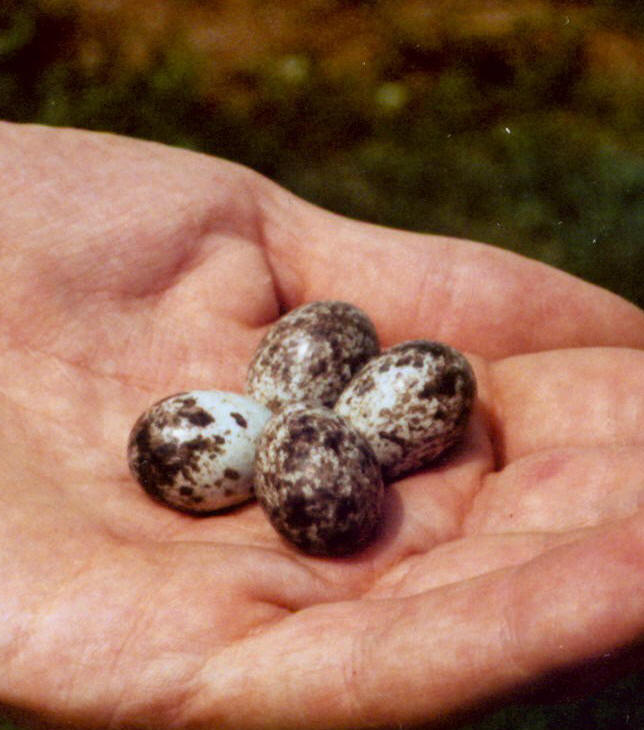
GLOBALHOSP
The BIOLOGY of House SparrowS
A GloBal Research INITiative

Calls for Collaboration
Comparative studies of physiology
Two physiological systems seem particularly important to promoting invasions: the immune and endocrine systems. Immune responses are often costly, so successful introductions should be comprised of individuals that allocate resources away from immune defense and towards reproductive output, especially because non-native habitats harbor few co-evolved pathogens. In terms of the endocrine system, glucocorticoids influence how animals respond to novelty. Low glucocorticoids facilitate interactions with novel resources, and interest in novelty (i.e., neophilia) promotes behavioral flexibility, which is a strong predictor of introduction success in birds. Successful introductions therefore should be composed of individuals that maintain low glucocorticoids to promote neophilic dispositions. Via collection of blood or tissue samples, we can test these hypotheses as well as others that may also influences invasions such as:
a) gut, blood, and external parasite abundance and diversity
b) androgens and their effects on aggressive behavior
c) reproductive hormone mediation of breeding
Contact Marty Martin about joining in comparative studies of the physiology of invasive species using house sparrows.
Posted 9/03/2008
Comparative analyses of life history traits and phenotypic plasticity
Several life history traits of house sparrows, such as timing of breeding, clutch size, and egg size, exhibit sensitivity to environmental conditions. Evidence of this comes from direct analyses of reaction norms in individual populations and from crude comparisons of these traits across populations. Focused comparison using quantitative measures of reaction norm attributes from populations inhabiting a diversity of circumstances (e.g., continental-islands, tropical-temperate, urban-suburban, recently introduced-native) seem likely to provide novel insights. Currently we are compiling data on clutch size from populations in Kentucky, Oklahoma, Lundy Island, and Kenya (to learn more, click here). Additional data would be most welcome.
Anyone having life history data on marked individuals and interested in joining the comparative venture should contact David Westneat (biodfw [at] uky.edu) at the University of Kentucky.
Updated 7/22/2009